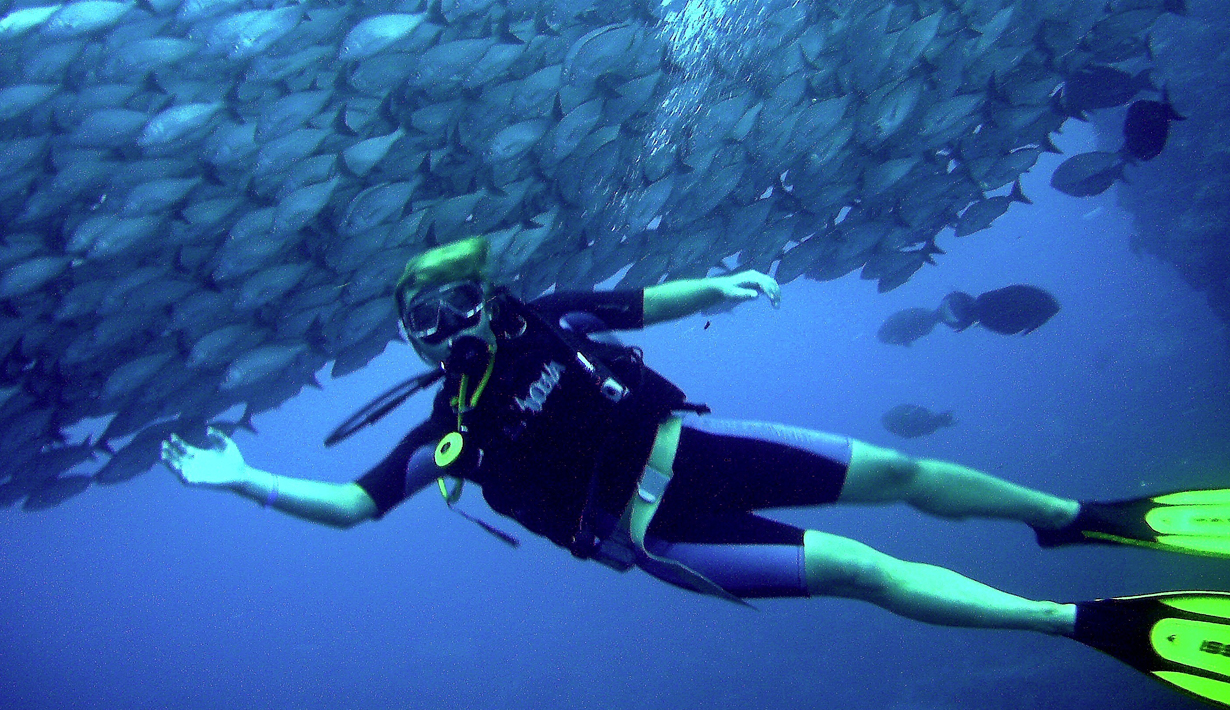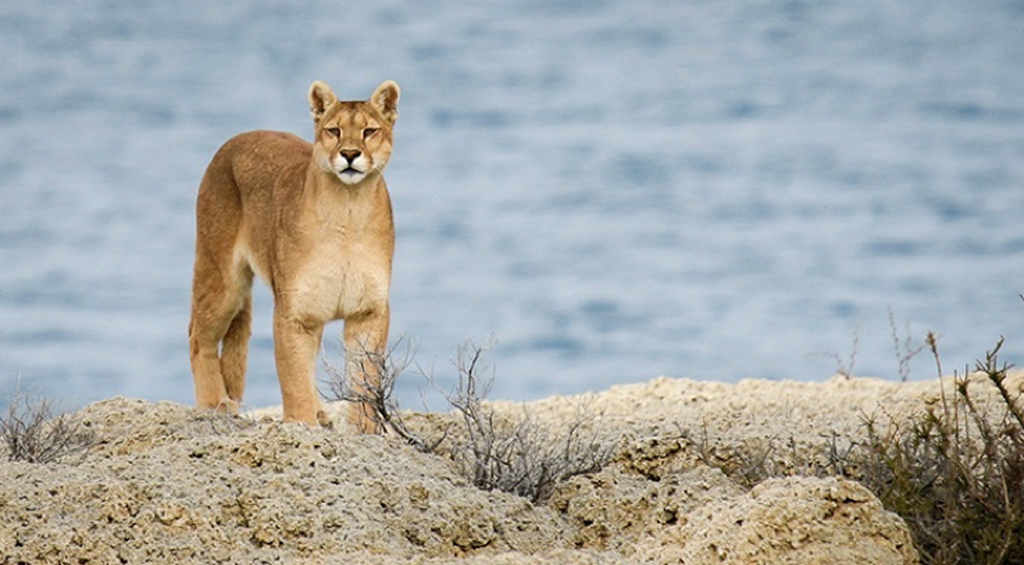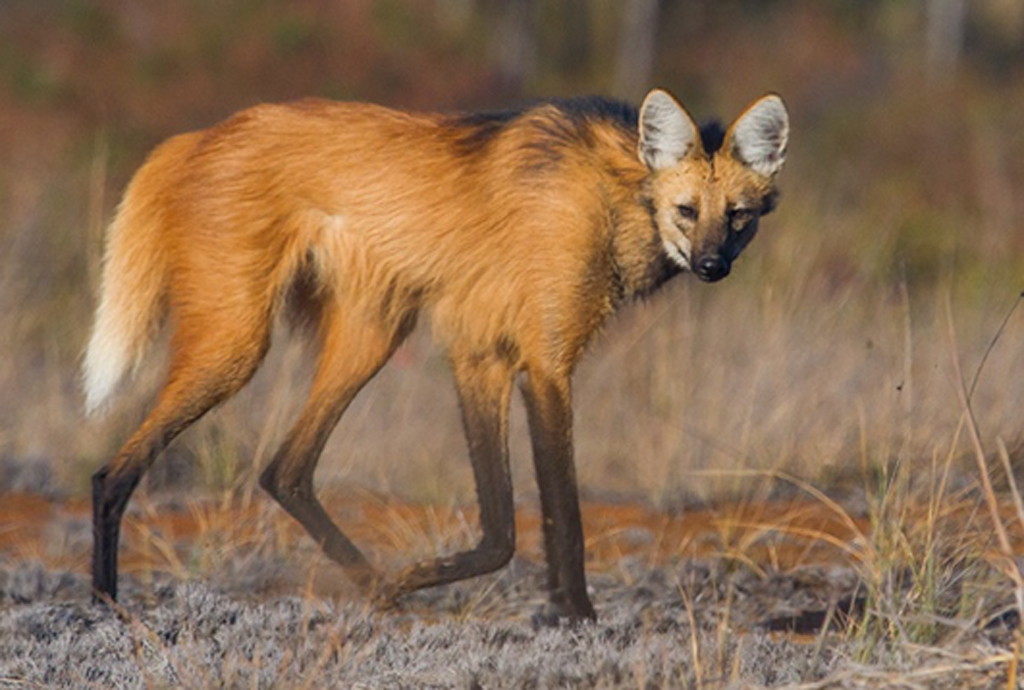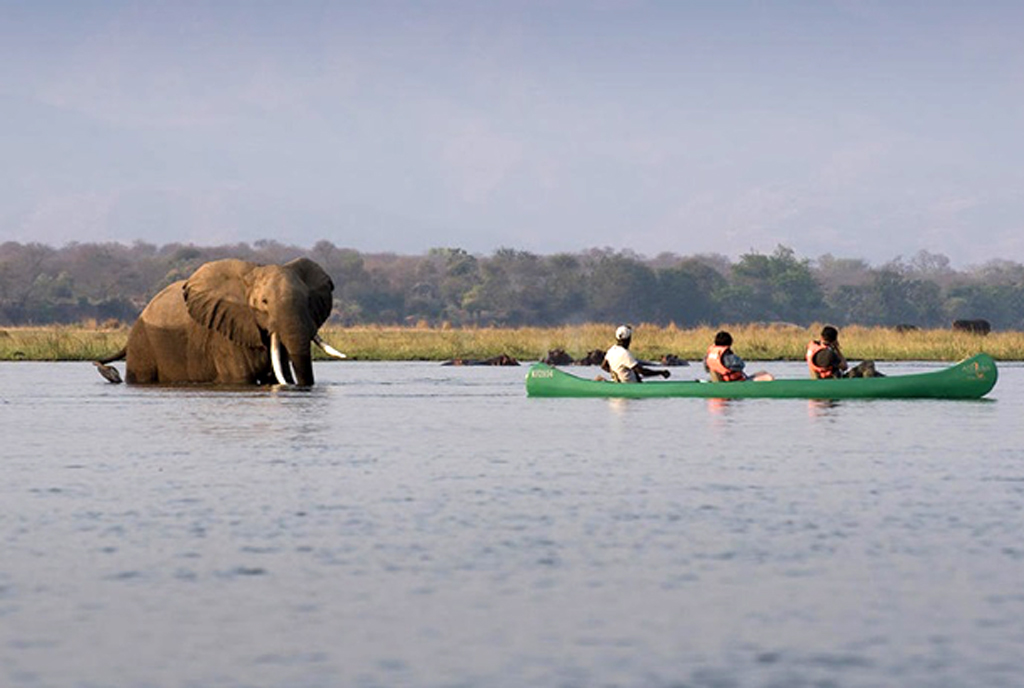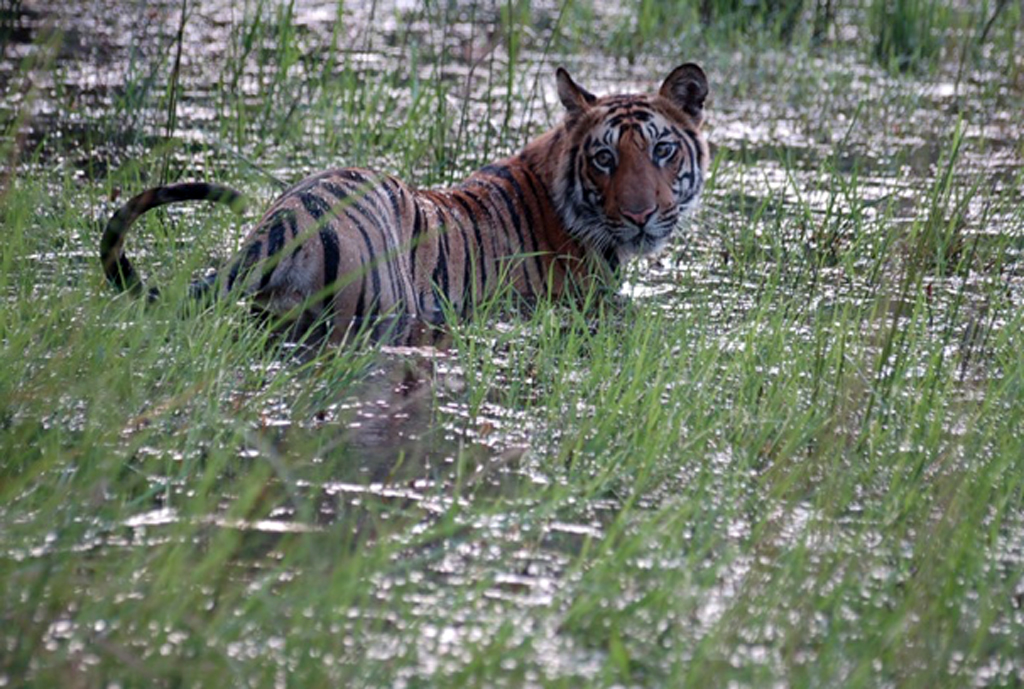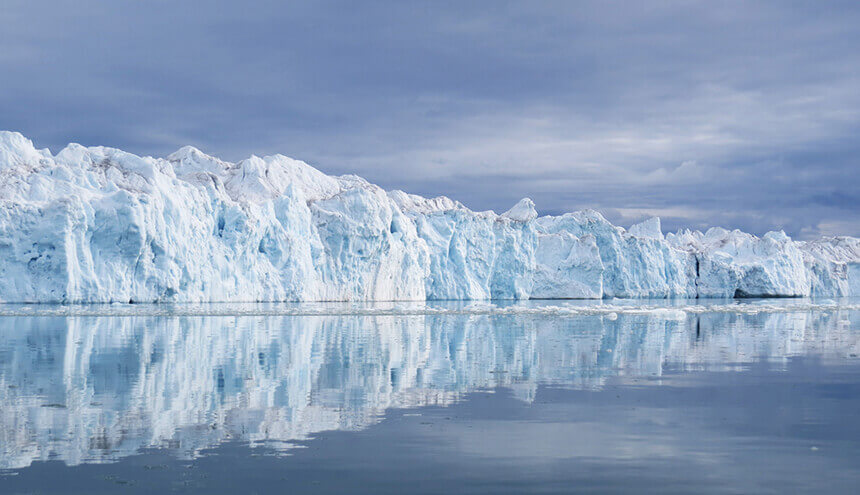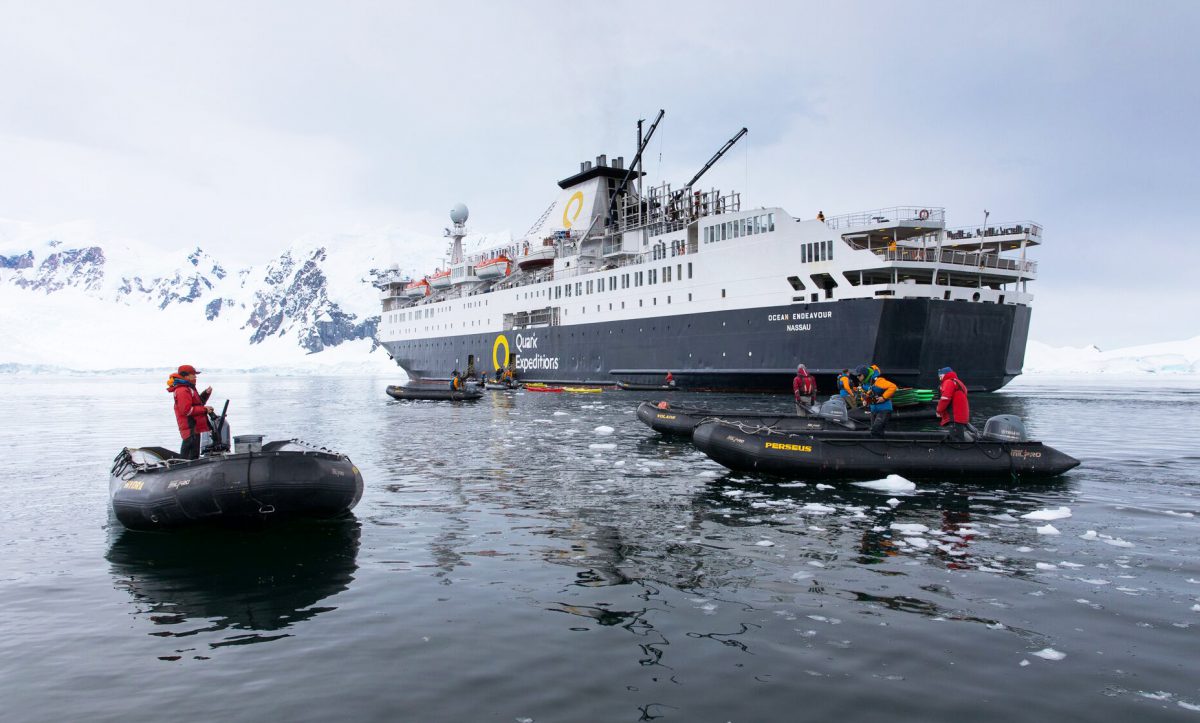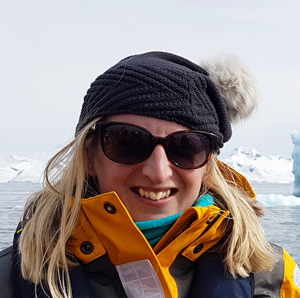 Wildfoot Travel’s Polar expert Gillian Landells visited Argentina recently to board polar cruise vessel Ocean Endeavour for an antarctic cruise. Here she gives an account of her adventure along with a few pointers for those considering taking a similar trip
Wildfoot Travel’s Polar expert Gillian Landells visited Argentina recently to board polar cruise vessel Ocean Endeavour for an antarctic cruise. Here she gives an account of her adventure along with a few pointers for those considering taking a similar trip
Valdes Peninsula
Argentina boasts some incredible locations which are made for exploring – one such place is the Valdes Peninsula situated in Patagonia – a truly stunning wildlife hotspot and a highlight of my recent trip to South America.
Getting there
Access to the region is very easy from Buenos Aires and other domestic airports within the country with regular flights into Trelew and a lesser number into Puerto Madryn.
Arriving into Trelew will mean an overnight stay or a 1 hour transfer to Puerto Madryn itself which is the gateway to the Valdes Peninsula. The city is a prime beach destination with a promenade filled with restaurants and is a lovely base for a few nights. Plenty of accommodation options are available making for a comfortable stay.
When to visit and what you will see?
The Valdes Peninsula is an area which can be visited at any time of the year however there are certain months which draw wildlife enthusiasts from all over the world.
Orca can be seen all year around though the months of March and April see these fiercely intelligent animals demonstrate some unique behaviour involving attacks on the sea lion rookeries.
They beach themselves intentionally to catch sea lions and elephant seal pups – this behaviour has been learned and developed from one orca generation to the next and is only displayed at this particular location.
Southern Right Whales are to be found in the area between June and December before they make their way down to the waters of Antarctica. The peninsula offers calm and protected waters where the they can breed, and the mothers can nurse their calves and you are pretty much guaranteed to see these majestic creatures on a visit to the area. My experience was at the very end of the season during the middle of December (when even the guides were careful not to over promise the chances of seeing the whales) and I was treated to seeing 2 separate mothers and calves right beside the boat. An experience never to be forgotten.
From June until the middle of August, the whales are best seen from Puerto Madryn, sometimes right from the beach and from mid-August until mid-December, the main location to base yourself is Puerto Piramides. This tiny beachside town has some serious charm and with only 3 streets and plenty of accommodation options, it promises some fantastic whale sightings.
Magellanic penguins are common in the Valdes Peninsula between September to March – they will start to build their nests on arrival and bring their young up through the following months. This species mainly live in nests under bushes or in burrows and walking amongst them is entertaining indeed.
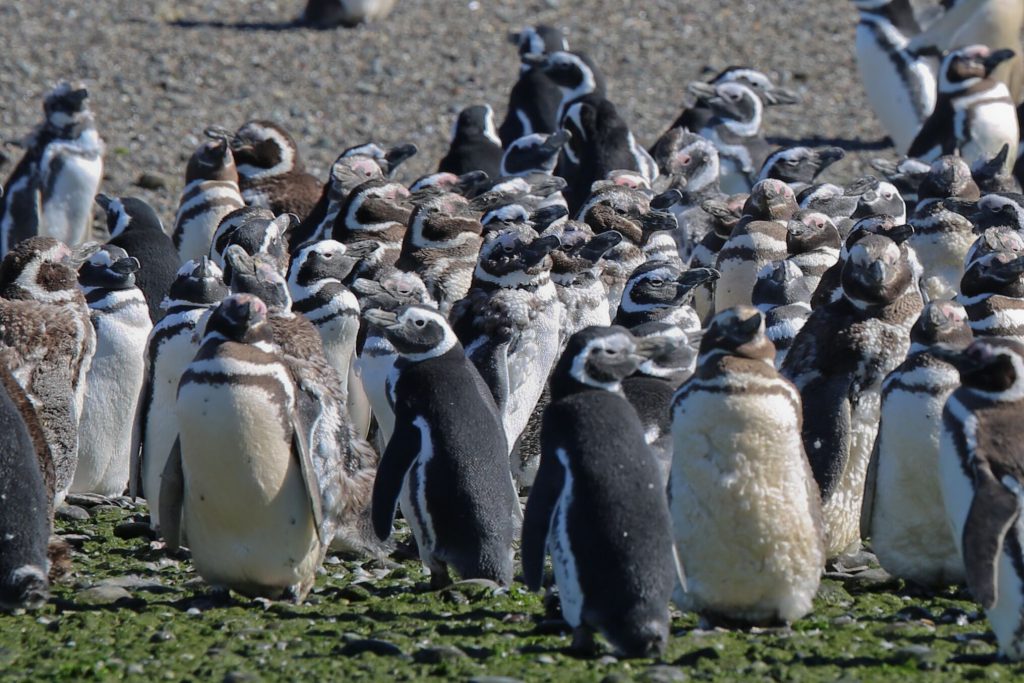
The numbers of penguins can be upwards of 300,000 and are to be found at a few locations, Punta Tombo, Punta Norte, Punta Delgada and Punta Ninfas. Seeing these creatures in this completely natural environment is something very special indeed.
Elephant seals are present in the Valdes Peninsula all year round with the breeding season being between August and November with October providing the peak numbers of these animals. There is nothing quite like seeing the huge hulk of the males up close and the sheer numbers that are grouped together on the shores.

Sea lions will also be present throughout the year and you can easily see them lazing on the beaches in huge numbers. They mate between August and December with the pups being born between December and February. You can spend your time watching these animals both on land and sea as there are kayaking and snorkelling excursions available to give the ultimate interaction.
Buenos Aires
With one day in Buenos Aires, Argentina’s capital city, there are many sights to see and it is hard to know where to start and what not to miss out. My recent trip involved a visit to the Recoleta Cemetery and it really is something to behold – anyone who has been will agree that their time there was a thought provoking experience.
Recoleta Cemetery is located in the lovely neighbourhood of Recoleta which is leafy, elegant and full of grandeur – a walk around the streets is a particularly pleasant experience with the eye always being drawn upwards to the French inspired architecture.

Taking a map when you first walk through the gates of the cemetery feels a tad strange however it is a handy tool to have as there are over 6400 mausoleums, many decorated with statues.
The style of the cemetery is what will first grab your attention, there are hundreds of little laneways, a labyrinth where you can wander around and never see the same thing twice. The mausoleums are where many of Argentina’s notable people lie in rest – writers, poets, scientists, presidents, Nobel Prize winners, some of the most wealthy and famous families in the country however most famous of all is Eva Peron – the former First Lady who was loved by many but was equally a very controversial figure.
There are statues and decorative features everywhere you look; some of the mausoleums resemble houses, hints of the fairytale imagination, marble, brass, engravings, stain glass windows. A lot have been very well maintained and some have fallen into disrepair with broken windows, a myriad of cobwebs and a look of the past about them.
There is always a queue of people wanting to pay their respects at Eva Peron’s resting place although it took her body nearly 20 years to arrive there as she was taken by the military to a graveyard in Italy where she was buried under another name. She is now in her rightful place back in Buenos Aires in a heavily fortified crypt 5 metres beneath the ground so her remains are completely protected ensuring she will rest in peace.

A visit to the Recoleta Cemetery will give you the chance to take some beautiful photographs, listen to some haunting stories being told if you choose to take a guided tour which run every Tuesday and Thursday at 11am and if you just want to sit and take it all in then there is always a bench to be found shaded by the cemeteries many grand trees.
When to visit Antarctica?
Planning a visit to Antarctica means travelling during the Southern hemisphere summer months namely between October and March. Expedition companies will offer various itineraries to meet the needs of adventurous passengers wanting to make the journey south.
You can choose to focus solely on the Antarctic Peninsula which is the main destination for travellers or opt to include the Antarctic Circle, visiting the Falkland Islands or South Georgia – there are many options however my voyage took me down to the Antarctic Peninsula – a 10 day round trip including flights from Buenos Aires to Ushuaia.
What months are the best?
In truth there is no better month to travel to Antarctica, the experience will blow you away regardless of the month and each month has its highlights.
December and January are the most popular months to travel however pricing is reflected in this. If you are flexible on dates, then voyages at the start and end of the season can offer great discounts.
The start of the season (end of October through to November) will see the largest icebergs in their most pristine form, the month of December will have between 20 and 24 hours of daylight and provide some stunning photographs, January and February are the months when the penguin chicks and seal pups are born providing a chance to see these baby animals in their earliest of stages and March is particularly good for seeing whales.
What will you see?
Antarctica offers so much that your senses will be overloaded – from the sight of the majestic icebergs, to the smell of the freshest air on the planet, to the sound of a whale expelling air from its blowhole and the sight of thousands of Gentoo penguins (not to mention the smell!)
The scenery is absolutely magical and personally will be the part that I always remember from my trip to Antarctica. The tranquillity and the pristine beauty are really something to behold and although photographs will capture the look of the landscape, it cannot capture the feeling and emotion you have when you are actually there. Nowhere else on Earth will make you feel the way you do when you are there in person – the feeling of absolute wonder and thankfulness that somewhere like that exists on our planet.
Whales are to be found in abundance, all types from Humpback to Minke, from Sperm to Fin, from Blue to Right and not forgetting Orca. You will be able to see them from the ship itself and also during the zodiac excursions – they are not fazed by humans and to watch them behave in the natural way they do with all the space they could ever need is something very beautiful indeed.
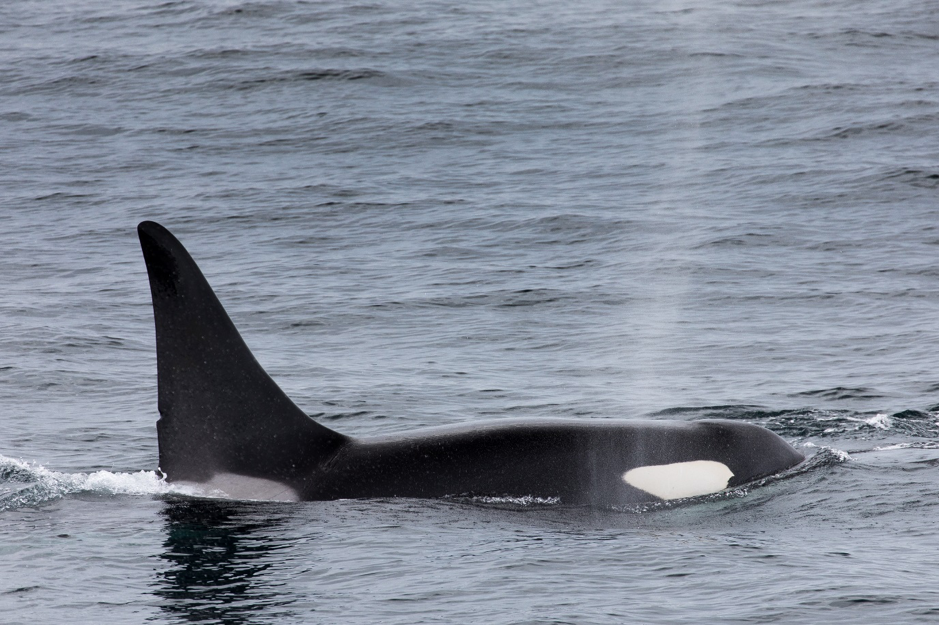
Seals are very common to see with different types being spotted during your daily excursions – Weddell, Crabeater, Ross, Fur, Elephant and not forgetting the fascinating Leopard seal. For the most part they will be onshore, sleeping and genuinely not at all bothered about the human activity around them. Though after being very close to a Leopard seal on the shore of Deception Island and seeing their almost manic smile, my image of seals being cute and non-threatening was changed forever!
The bird life in Antarctica is incredible with many sightings and many species ticked off the list throughout the voyage – Wandering Albatross, Storm Petrels, Giant Petrels, Diving Petrels, Skua, Snow Petrels, Cormorants, Snowy Sheathbills – the list goes on. Right from the start of the trip along the Beagle Channel and crossing over the Drake Passage, you will see these birds and the sightings keep going during your time in Antarctica.
Birds in Antarctica cannot be mentioned without talking about the penguins – they are found in their thousands and thousands in this polar environment – you will find yourself captivated by them and their entertaining ways. The species of Gentoo, Chinstrap, Rockhopper, Adélie, Macaroni, King and Emperor can be found – they are masters of their surroundings, making nests, looking after their young, porposing through the water and mischievously stealing rocks from their neighbour’s nests. Seeing these animals in their huge numbers and to be able to sit down to observe their behaviour really is a humbling experience. Be prepared for the numerous penguin photos in your camera roll though as you take photo after photo of these beautiful creatures.
Ocean Endeavour
There are many different expedition vessels which travel down to Antarctica – all with varying levels of comfort, passenger numbers, activity options and facilities onboard however they are all designed with the polar environments in mind and to give passengers the best experience possible. The ships have ice strengthened hulls which enable them to slice through the icy environment.

On my recent trip to Antarctica, I stayed on the Ocean Endeavour which has a maximum capacity of 199 passengers and offers a modern style of ship along with passionate expert guides and crew who did their upmost to provide us with some incredible sights.
The ship itself is very spacious throughout meaning wherever you are on the ship, you can move around freely and with large windows situated in all the public areas and easy access to the outside decks, the outside views are never far away.
With 13 cabin categories onboard, from triple cabins to twin cabins and single cabins – some with portholes, some with windows and some situated in the interior of the ship, there really is something that will suit everyone’s requirements and budget.
If you are travelling solo, there are dedicated single cabins if you wish to have your space whilst journeying far south or if you wouldn’t mind sharing with someone else then this is a great option to have some company whilst keeping the cost down. You will be allocated a cabin mate by the expedition company with males being kept together and females kept together – they will tend to allocate cabins to people of a similar age as well.
The cabins themselves are very comfortable with enough space to move around – a ensuite bathroom, small desk area with tv, storage facilities and the beds typically set up in twin style or bunk bed style.
The public areas are spread throughout the ship meaning there is plenty of space for the passengers to relax and spend their time onboard the ship. A beautiful restaurant where meals were held, the main lounge where you could relax and also where the lectures and presentations were held, the other lounge areas on different decks along with a small gym, sauna, spa and library meant you never felt crowded. There is also a polar boutique found on the ship which is a shop next to the main lounge providing lots of souvenir ideas as well as clothing – it is quite amazing how many items they stock and how many things you are able to buy as a memento to your journey.
Mealtimes are split between buffet style for breakfast and lunch – endless options to fuel yourself up for the morning and afternoon excursions with dinner being served la carte – be prepared for a mouth-watering selection of meals and lots of chatter about the days experiences. Any dietary requirements are catered for and the crew made sure that every person was made to feel special. We were personally greeted at each mealtime and over the course of the few days onboard, it made for a family atmosphere.
There was also the chance to have a BBQ on the upper outside deck of the ship – a unique experience sitting wrapped up in your outside gear with the incredible landscape surrounding whilst eating your food and chatting to your fellow passengers. It’s something to remember that is for sure!
There is an open bridge policy onboard the Ocean Endeavour meaning that full access can be given to the bridge, weather depending. It really does provide such a unique perspective to stand in the bridge, chatting to the crew and captain, looking at all the equipment and being able to look out onto the wide expanse of ocean or view the polar landscape from that kind of vantage point.
During the voyage
A major part of an expedition trip to Antarctica will be the team of expert guides who make the trip as informative and as fun as possible. They are some of the most passionate people you will meet who spend each Antarctic season showing off the beauty and wonder of this most Southerly continent to intrigued passengers. Being experts in their fields of marine biology, glaciology, ornithology, history, photography, geology (the list goes on!) they will give informal lectures and presentations during your time onboard. You will find yourself taken in by their passion for their subject and their respect for the animals that live in this harsh but beautiful land as well as the environment itself.
They will also be the people taking passengers out on the daily excursions and answering any questions you may have – they will keep you safe at all times and make sure you really are given the best experience possible.
The guides will make sure they immerse themselves into the passenger’s experience whilst onboard by sitting down at mealtimes with the guests, taking the time to talk to everyone and always being seen around the ship. Many will sit in on their fellow guides lectures and by the end of the trip when you are saying goodbye, it really does feel like you have made a bond with them as a team and individuals. Without them, these voyages cannot operate, and their commitment never wavers.
Activities
The Ocean Endeavour carries 20 zodiac boats and a selection of kayaks and stand up paddle boards – these are all stored on the upper decks of the ship to be brought down by crane to water level.
There is the option of adding on an additional soft adventure activity to your voyage in addition to the normal zodiac excursion program – this will give you a different perspective of the landscape and wildlife, getting you as close as possible to the action.
Any of these activities are best to request at the time of booking as spaces are limited and although there may be the option to sign up when you are on the ship, if it is something you are keen to participate in then the best advice is to pre-book to avoid disappointment.
Zodiac cruising and landings
On every expedition trip to Antarctica, the daily excursions off the ship are included in the cost of the voyage. Zodiacs are rigid inflatables which can hold between 8 and 10 passengers plus a guide who will drive the zodiac – you will be assisted on and off every time and lifejackets are compulsory.

You can expect to participate in these excursions twice a day – once in the morning and once in the afternoon though it is important to remember that everything on a trip like this is weather dependant. Every evening you will be briefed by the expedition team on what the plan is for the next day; where they are hoping to visit and what activities are likely to be able to take place. If due to weather or ice conditions, things have to change then the expedition team will come up with an alternative plan with safety being first and foremost in their minds.
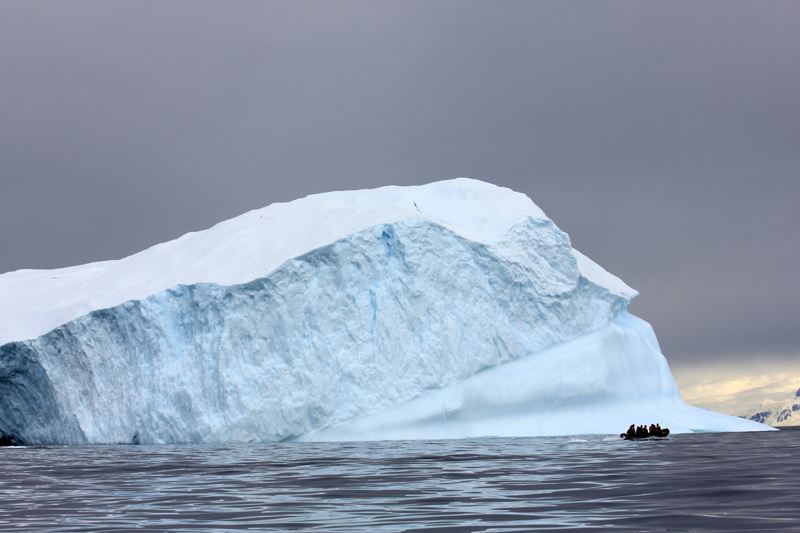
In Antarctica there is a regulation that all expedition companies have to follow which only allows a maximum of 100 people on the land at any one time. Ships which carry less than 100 people will be able to take full advantage of making sure every passenger experiences a landing every time an excursion takes place however that is not to say you should disregard a ship which carries more than 100 passengers. The Ocean Endeavour which I stayed on during my time in Antarctica has capacity for 199 passengers and the operation each day of disembarking everyone into zodiacs worked like a well-oiled machine. We were split into 4 groups of 50 people and as the ship has 2 separate platforms at the side of the ship, things worked very quickly and efficiently.
As well as zodiac landings where you will have time to explore by foot, take photographs and be enthralled by the wildlife on the shore, there is also plenty of zodiac cruising which will give you a different perspective of the polar landscape. Humpback whales may be breaching in front of you, penguins porpoising through the water, a leopard seal searching for food making its distinctive sound, all the while being surrounded by the most pristine icebergs and absolutely huge cliffs.
Excursions will take your breath away on countless occasions and hundreds if not thousands of photographs will be taken during them and will make sure you experience Antarctica, not just from your cabin and the outside decks of the ship but be properly immersed in it.
Kayaking
Typically, with kayaking in the Arctic and Antarctic, you do need to have had previous sea kayaking experience as the polar regions are not the ideal place to learn to kayak given the conditions. The kayaks will have a spray skirt and you will need to have a good level of physical fitness to participate in the programme.
As long as the weather is good, and the conditions are safe then you will be going out kayaking as many times as possible – some of the photos and video footage the kayaking group caught on my voyage was phenomenal. Two humpback whales surfacing right beside the awestruck group of 8 to 10 kayakers is something that will forever stay with them – you really are on the water level with these marine creatures.
Stand up paddle boarding
Stand up paddle boarding is another option to consider – no experience is needed beforehand and with the activity being a mixture of surfing and kayaking, it is another way to experience life in Antarctica
On other itineraries, there is further options of camping where you spend a night on the ice, snowshoeing, cross country skiing and mountaineering – all of these are designed to enhance your experience however if you focus on the zodiac excursions with the hiking/walking then you will certainly not miss out on anything.
The Drake Passage
The infamous stretch of water which connects the tip of Argentina with the South Shetland Islands, just north of the Antarctic Peninsula is a main component of any Antarctic voyage and depending on what you have read, you may be put off completely by the stories or finding yourself drawn into the adventure of the crossing.
On my voyage, once we had left the port of Ushuaia and the calm waters of the Beagle Channel behind, 2 full days lay ahead as we crossed the Drake Passage, and no-one really knew what to expect.
Truth be told there were some moments that keeping yourself upright was a challenge and moving around the ship turned into a comedy routine however for the most part it was fine and nothing like I had read.
The expedition team onboard made sure to keep everyone busy by providing a full lecture programme on various topics such as marine biology, the history of the Antarctic treaty, glaciology and the expert photographer onboard offering tips on how best to get the most from our cameras.
We were still able to access the outside decks at times whilst crossing the Drake Passage, there were a lot of birds to be seen and just staring out at the expanse of the water knowing you were getting closer to Antarctica kept everyone going.
There was a doctor onboard who was available at all times if you felt the medication you were using wasn’t working as well as it should be or if you didn’t have anything with you at all – it was comforting to know this however thankfully I didn’t need to speak with him.
Our 2 day crossing on the way back was pretty similar, a few moments which got everyone talking namely one of our last evening meals turning into an episode of keeping the china on the table however we all agreed on our return to Ushuaia that we were happy we had sailed the Drake Passage.
It played such a big role in the whole journey and really gave me a sense of how far we were actually travelling – the distance involved is phenomenal at 500 miles each way and if you embrace it rather than fear it then it will become as much a part of adventure as the wildlife and landscapes.
If you are really not sold on the idea of sailing the Drake Passage then don’t worry, there are trips where you can fly between Punta Arenas, Chile and King George Island, South Shetlands which will cut 4 days off your journey – great if you are short on time.
Another option is to fly the Drake Passage one way and sail the other way – you will still get to experience the crossing by ship however flying will cut down the journey time by 2 days.


